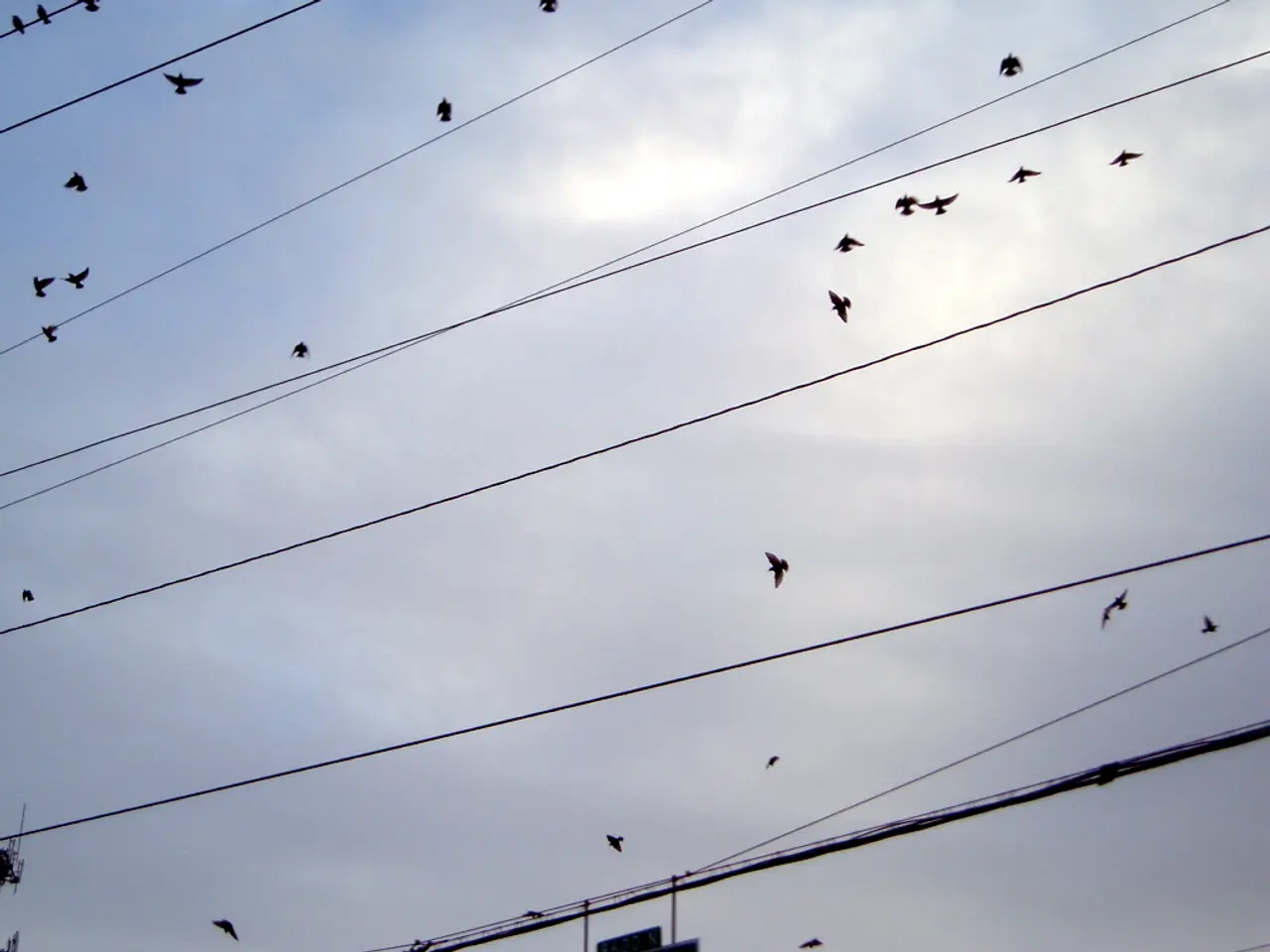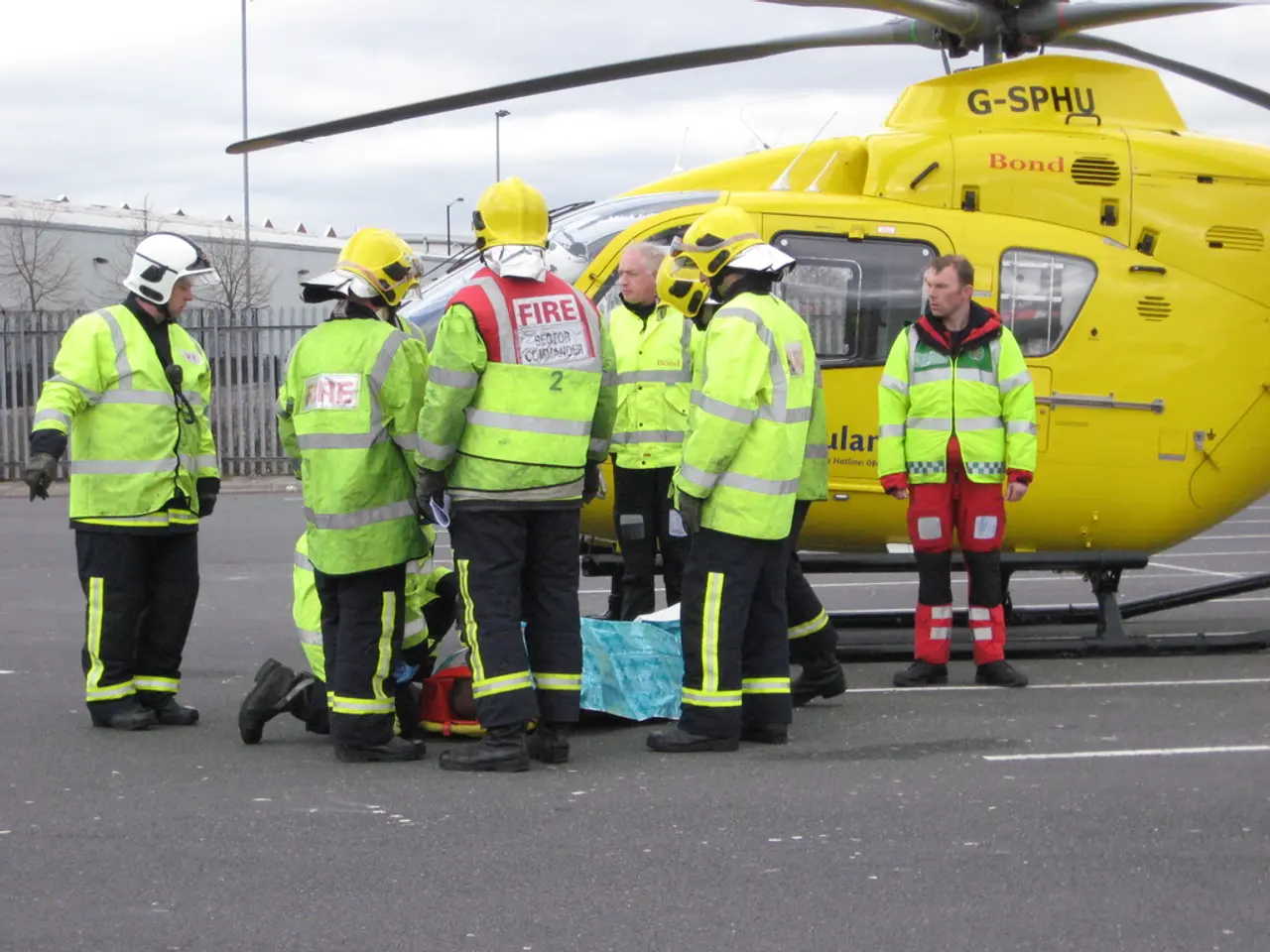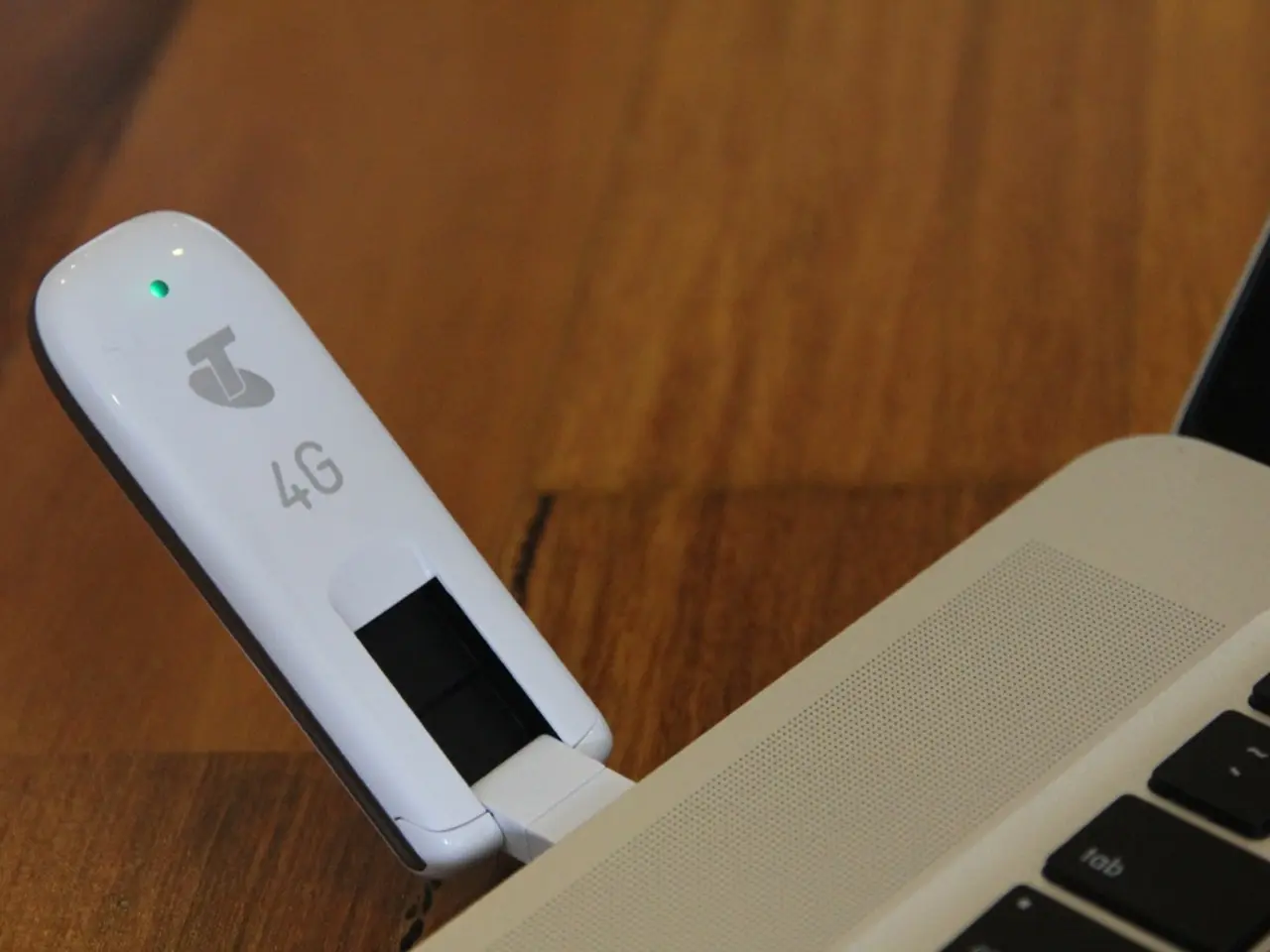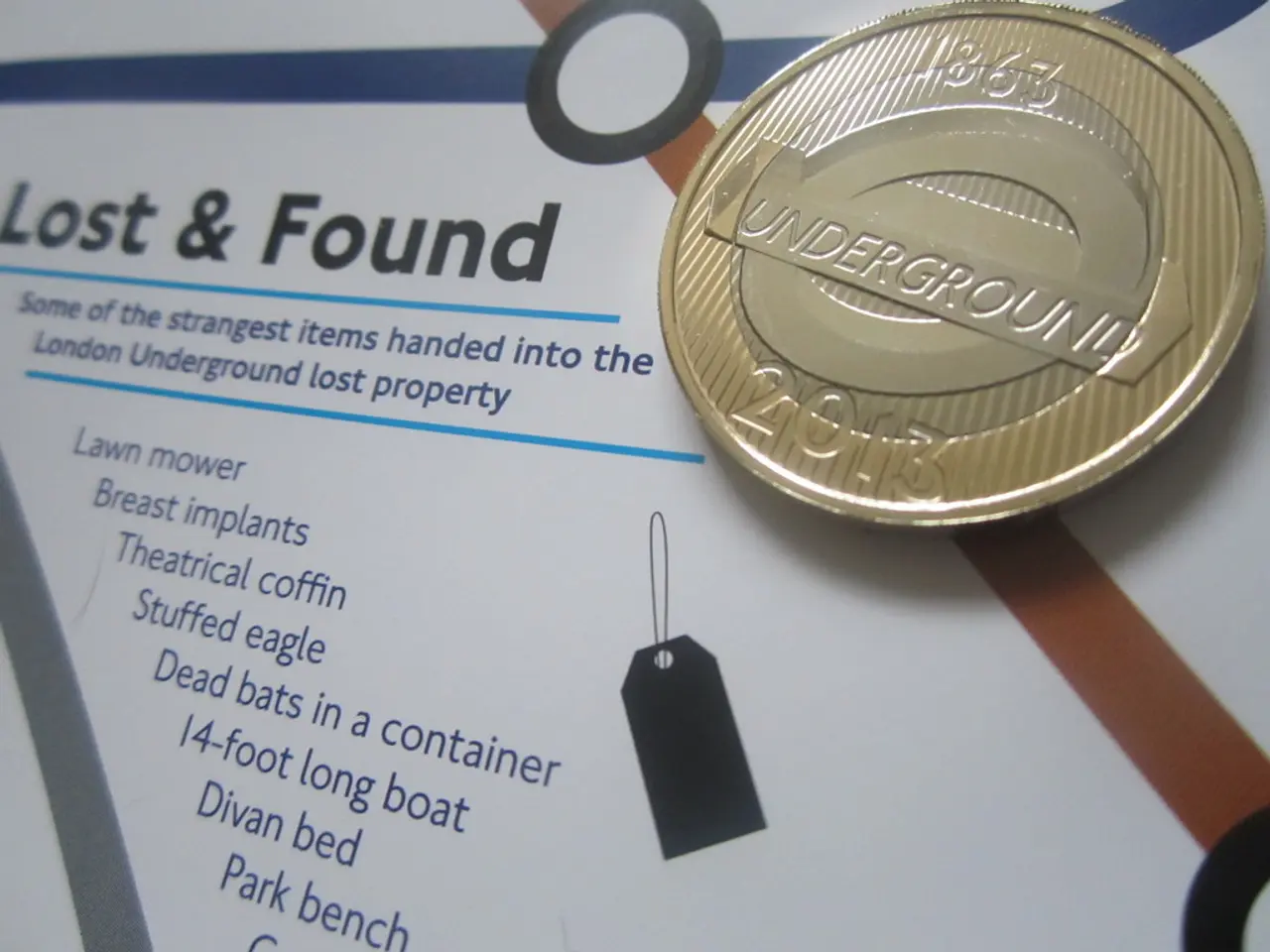Latest Drone Developments: Expedition of Inspire 3 to the Arctic, Launch of Three Agricultural Drones by DJI, and Additional Updates!
In the realm of technology and innovation, two significant developments have taken place recently, with filmmaker Denis Barbas releasing a cinematic journey to the Arctic, and DJI launching a new lineup of agriculture drones. Meanwhile, the Pentagon and the Secret Service have also been making strides in the drone sector.
Denis Barbas' Arctic journey, filmed entirely in 8K RAW with the DJI Inspire 3, showcases the drone's dynamic range and ability to capture fine details, even in low winter light. The footage is a testament to the Inspire 3's capabilities, promising a new era in cinematic exploration.
On the other hand, DJI has expanded its flagship Agras series with the launch of three new drones: the Agras T100, T70P, and T25P. Each drone is tailored to different farm scales, but all emphasize automation, safety, and high payload capacity.
The DJI Agras T100, designed for large-scale commercial operations, can carry up to 100 liters of liquid for spraying or 150 liters for spreading, comparable to a tractor's capacity. It flies at a speed of 20 m/s, making it twice as efficient as its predecessor. The T100 features advanced obstacle avoidance using LiDAR, millimeter-wave radar, and a Penta-Vision safety system.
The DJI Agras T70P, suited for mid-sized farms, includes the Safety System 3.0 with millimeter-wave radar and a Tri-Vision obstacle detection system for smarter routing and enhanced protection during operation. It carries a heavy payload with improved efficiency and supports spraying, spreading, and lifting applications.
The DJI Agras T25P, aimed at smaller-scale or hillside farms, also incorporates intelligent features and safety systems for automated operations, although its exact payload and performance specs are lighter compared to T100 and T70P but remain optimized for precise spraying tasks.
All three drones leverage DJI’s advancements in automated farming, with higher operational efficiency, bigger payloads, and improved safety features, enhancing precision agriculture globally and reducing environmental impact.
Meanwhile, the Pentagon and the Secret Service have been focusing on drone technology for military and security purposes. Under a new directive, the Pentagon aims to field thousands of low-cost drones into every aspect of military training by 2027. The Secret Service, in response to last year's assassination attempt on former President Trump, has overhauled its aerial security approach, rolling out a fleet of military-grade drones and establishing mobile command posts nationwide. These drones are designed for real-time surveillance and threat detection, with the ability to jam unauthorized drones midair.
In a move to accelerate U.S. drone dominance, Defense Secretary Pete Hegseth has signed a sweeping directive, aiming to outpace adversaries like Russia and China. The Pentagon's new directive also gives frontline commanders new authority to buy, test, and deploy drones on their own, including 3D-printed and off-the-shelf models. Military drone combat simulations will be required across all branches starting next year.
On the commercial side, a little drone delivery startup, DEXA, has secured all three crucial FAA approvals: airworthiness certification for its aircraft, a Part 135 air carrier certificate, and a national BVLOS (Beyond Visual Line of Sight) waiver. DEXA is among the very few U.S. companies legally cleared for large-scale drone delivery, although its actual delivery footprint and volume are far smaller than established giants.
Three new agriculture drones have launched globally but it's not clear yet whether they'll be for sale in the U.S. These drones have heavier payloads, enhanced safety, and multi-use capabilities including spraying, spreading, and lifting. The new ag drones aim to boost operational efficiency for precision agriculture, helping farmers implement automation on small plots to massive commercial farms.
As technology continues to evolve, the integration of drones into various sectors, from cinematography to agriculture and security, is becoming increasingly prevalent. The future promises a world where drones are an integral part of our daily lives, enhancing efficiency, safety, and precision.
[1] DJI. (2022). DJI Agras T100, T70P, and T25P: Three New Drones for Precision Agriculture. Retrieved from https://www.dji.com/newsroom/press-releases/dji-agras-t100-t70p-and-t25p-three-new-drones-for-precision-agriculture
[2] DJI. (2022). DJI Agras T100, T70P, and T25P: Enhancing Precision Agriculture Globally. Retrieved from https://www.dji.com/newsroom/dji-agras-t100-t70p-and-t25p-enhancing-precision-agriculture-globally
[3] DJI. (2022). DJI Agras T50: A Mid-Capacity Sprayer for Commercial Use. Retrieved from https://www.dji.com/newsroom/press-releases/dji-agras-t50-a-mid-capacity-sprayer-for-commercial-use
[4] DJI. (2022). DJI Agras T100, T70P, and T25P: Technical Specifications. Retrieved from https://www.dji.com/agras/specs
- The DJI Inspire 3, used by filmmaker Denis Barbas for his Arctic journey, showcases the importance of technology in capturing high-quality footage, demonstrating its dynamic range and fine detail capabilities even in low light.
- DJI's new lineup of agriculture drones, including the T100, T70P, and T25P, feature advanced safety systems, automation, and high payload capacity, catering to various farm scales.
- The FAAs airworthiness certification, Part 135 air carrier certificate, and national BVLOS (Beyond Visual Line of Sight) waiver that DEXA has secured indicates a significant leap in commercial drone delivery technology in the U.S.
- The Pentagon's new directive, aiming to field thousands of low-cost drones into military training by 2027, highlights the increasing importance of drone technology in military and security sectors, enhancing operational efficiency and threat detection.




